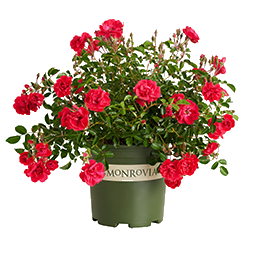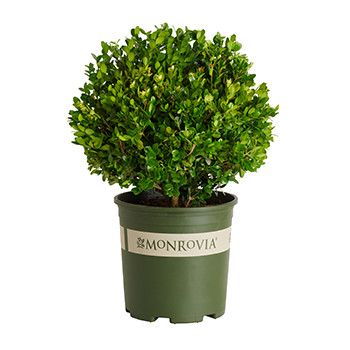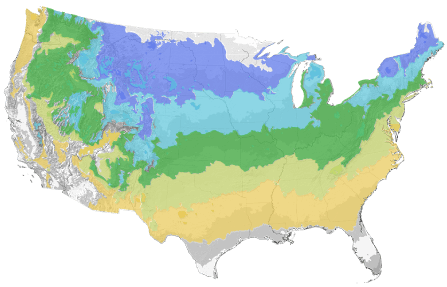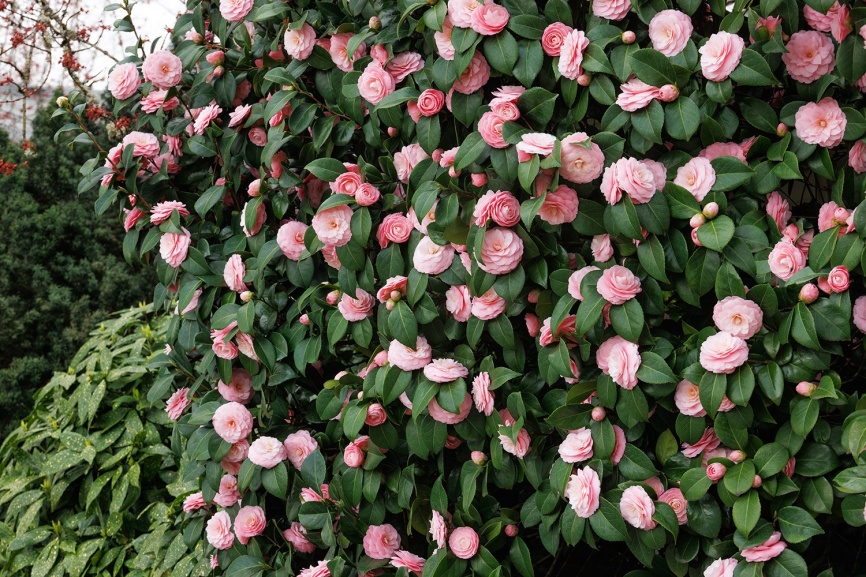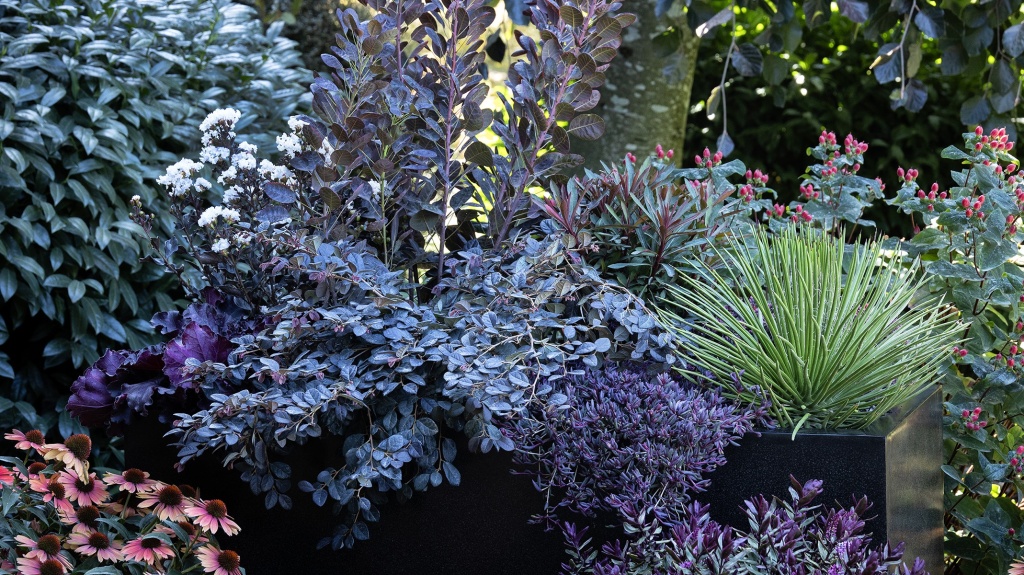You're growing in this Zip Code:
Change LocationDiscover Plants for Your Area
Crimson Pygmy Dwarf Japanese Barberry
Berberis thunbergii 'Crimson Pygmy' ('Atropurpurea Nana')
Retailers Near You
| Description | A dwarf, densely branched form displaying deep crimson colored foliage all season long. Best color when planted in full sun. Excellent color contrast against green or gold-leafed plants. A great choice for mass plantings, particularly as a low hedge or border plant. Deciduous. |
|---|---|
| Bloom Time | Inconspicuous; prized for foliage. |
| Deciduous/Evergreen | Deciduous |
| Special Features | Dramatic Foliage Color, Easy Care, Ornamental Berries, Compact Form |
| Problems/Solutions | Deer Resistant, Drought Tolerant, Tolerates Urban Pollution, Road Salt Tolerant |
| Growth Rate | Moderate |
| Growth Habit | Rounded |
| Landscape Use | Barrier, Border, Hedge |
| Design Ideas | A versatile low profile red-leafed barberry adaptable to many garden needs. An excellent mixed border plant to add foliage color. Also useful as a green color alternative for a small hedge. Use in Japanese garden designs near water features, or in wild, natural areas of your garden. |
| Flower Color | Yellow |
| Foliage Color | Red |
| Companion Plants | Boxwood (Buxus); Cypress (Chamaecyparis); Potentilla (Potentilla); Spirea (Spiraea); Weigela (Weigela) |
| Care Instructions | Thrives in average, well-drained soil; avoid poorly drained, wet sites. Water deeply, regularly during the first growing season to establish an extensive root system. Once established reduce frequency; tolerates heat and moderate drought. Fertilize before new growth begins in spring. No pruning necessary except to maintain desired shape. |
| History | Native to Japan and eastern Asia, Barberries are named for their sharp barbs or thorns on the twigs. The species was named for the first botanist to name the Asian forms, C.P. Thunberg who was in the east in 1784, but the species did not reach the west until a century later. Even then the first purple variety was not recorded until the 20th century by M. Renault of France around the time of World War I. Purple foliage led to vastly increased breeding in England and America. |
| Description | A dwarf, densely branched form displaying deep crimson colored foliage all season long. Best color when planted in full sun. Excellent color contrast against green or gold-leafed plants. A great choice for mass plantings, particularly as a low hedge or border plant. Deciduous. |
|---|---|
| Bloom Time | Inconspicuous; prized for foliage. |
| Deciduous/Evergreen | Deciduous |
| Special Features | Dramatic Foliage Color, Easy Care, Ornamental Berries, Compact Form |
| Problems/Solutions | Deer Resistant, Drought Tolerant, Tolerates Urban Pollution, Road Salt Tolerant |
| Growth Rate | Moderate |
| Growth Habit | Rounded |
| Landscape Use | Barrier, Border, Hedge |
|---|---|
| Design Ideas | A versatile low profile red-leafed barberry adaptable to many garden needs. An excellent mixed border plant to add foliage color. Also useful as a green color alternative for a small hedge. Use in Japanese garden designs near water features, or in wild, natural areas of your garden. |
| Flower Color | Yellow |
| Foliage Color | Red |
| Companion Plants | Boxwood (Buxus); Cypress (Chamaecyparis); Potentilla (Potentilla); Spirea (Spiraea); Weigela (Weigela) |
| Care Instructions | Thrives in average, well-drained soil; avoid poorly drained, wet sites. Water deeply, regularly during the first growing season to establish an extensive root system. Once established reduce frequency; tolerates heat and moderate drought. Fertilize before new growth begins in spring. No pruning necessary except to maintain desired shape. |
|---|
| History | Native to Japan and eastern Asia, Barberries are named for their sharp barbs or thorns on the twigs. The species was named for the first botanist to name the Asian forms, C.P. Thunberg who was in the east in 1784, but the species did not reach the west until a century later. Even then the first purple variety was not recorded until the 20th century by M. Renault of France around the time of World War I. Purple foliage led to vastly increased breeding in England and America. |
|---|
Retailers Near You
About Us
We have been pioneers and craftsmen in the art of growing plants for nearly
100 years. Since our founding in Southern California by Harry E. Rosedale, Sr.
in 1926, we have been absolutely dedicated and obsessed with quality.
We have been pioneers and craftsmen in the art of growing plants for nearly 100 years. Since our founding in Southern California by Harry E. Rosedale, Sr. in 1926, we have been absolutely dedicated and obsessed with quality.
